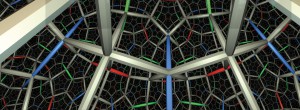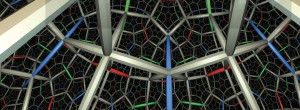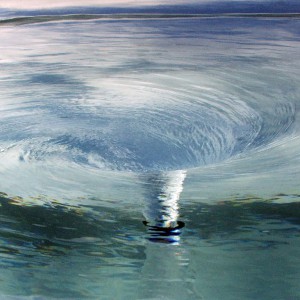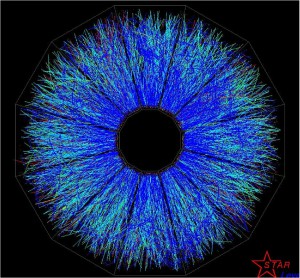Geometrical Aspects of Hydrodynamics: May 19 – 23, 2014
Application for workshop is now closed. Organized by Krzysztof Gawedzki, Boris Khesin, and Paul Wiegmann Dates: May 19 – 23, 2014 Geometric and group-theoretic methods lie at the foundation of modern studies in hydrodynamics. Recent applications of fluid dynamics require understanding of fundamental symmetries of fluids and infinite-dimensional groups featured by hydrodynamical equations. The geometric and topological hydrodynamics is a … Read more








